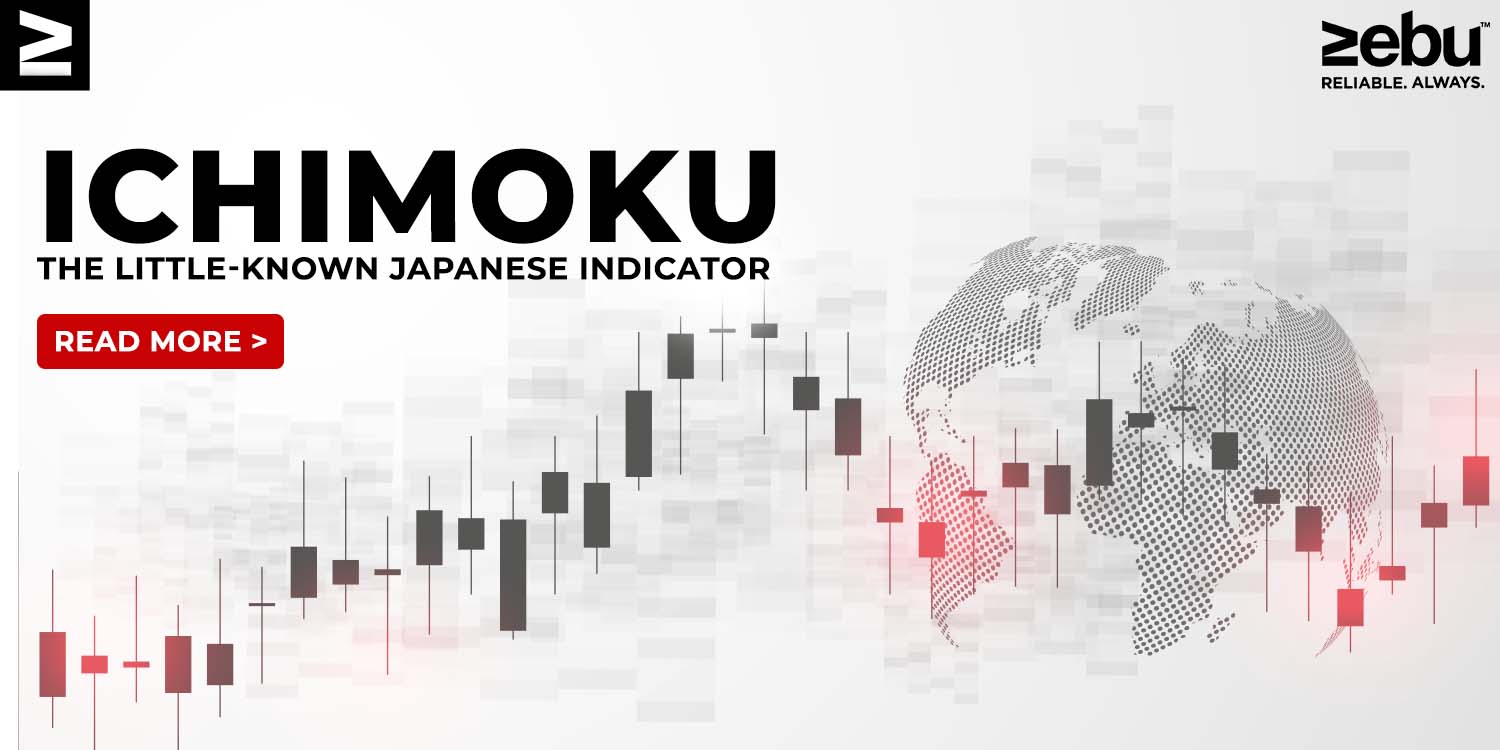
Ichimoku, also known as the Ichimoku Kinko Hyo, is a Japanese technical indicator that is little-known outside of Japan. It is a comprehensive indicator that provides a lot of information in one chart and can be used to identify trends, support and resistance levels, and even generate trading signals.
The Ichimoku indicator was developed in the 1930s by a Japanese journalist named Goichi Hosoda. The indicator is composed of five lines, each with a specific purpose: the Tenkan-sen, Kijun-sen, Senkou Span A, Senkou Span B, and the Chikou Span.
The Tenkan-sen, also known as the conversion line, is a moving average of the highest high and the lowest low over the past nine periods. It is used to identify short-term trends and can also be used to generate buy and sell signals.
The Kijun-sen, also known as the base line, is a moving average of the highest high and the lowest low over the past 26 periods. It is used to identify medium-term trends and can also be used to generate buy and sell signals.
The Senkou Span A, also known as the leading span A, is the midpoint between the Tenkan-sen and Kijun-sen. It is plotted 26 periods ahead and forms one of the boundaries of the “Ichimoku cloud.”
The Senkou Span B, also known as the leading span B, is the midpoint between the highest high and the lowest low over the past 52 periods. It is plotted 26 periods ahead and forms the other boundary of the “Ichimoku cloud.”
The Chikou Span, also known as the lagging span, is the current closing price plotted 26 periods behind. It is used to confirm trends and can also be used to generate buy and sell signals.
The “Ichimoku cloud,” also known as the Kumo, is the area between the Senkou Span A and Senkou Span B lines. It is shaded to indicate a bullish or bearish trend. When the price is above the cloud, it is considered bullish and when the price is below the cloud, it is considered bearish.
The Ichimoku indicator can be used in a variety of ways, but one of the most popular ways is to use it to identify trends. When the price is above the cloud, it is considered bullish and when the price is below the cloud, it is considered bearish. It is also possible to use Ichimoku to identify support and resistance levels by looking at the positions of the various lines.
Another way to use the Ichimoku indicator is to generate trading signals. One of the most popular signals is the “golden cross,” which occurs when the Tenkan-sen crosses above the Kijun-sen. This is considered a bullish signal and can indicate that it is a good time to buy. On the other hand, a “death cross,” which occurs when the Tenkan-sen crosses below the Kijun-sen, is considered a bearish signal and can indicate that it is a good time to sell.
Ichimoku is a comprehensive indicator that provides a lot of information in one chart. It can be used to identify trends, support and resistance levels, and even generate trading signals. However, it’s important to keep in mind that the Ichimoku indicator should be used in conjunction with other forms of analysis, such as fundamental analysis and other technical indicators, in order to make more informed trading decisions.
It’s also worth noting that the Ichimoku indicator is not commonly used in the Western world and may not be supported by all charting software. However, for traders who are interested in using this indicator, specialized software can be found to support it.
